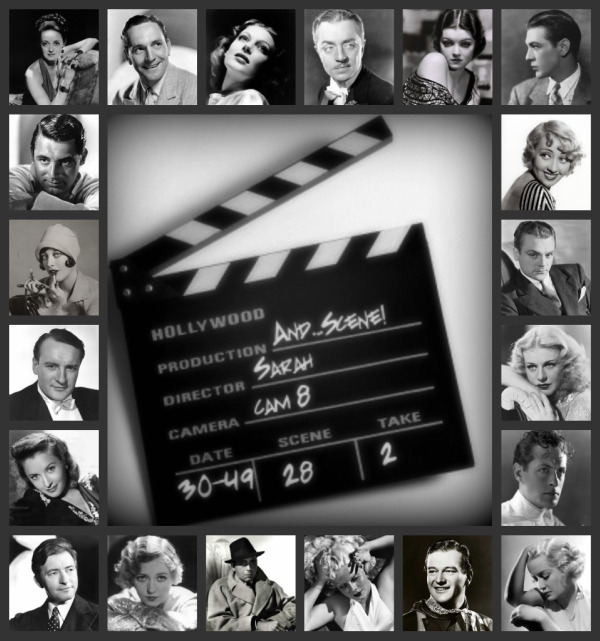 Dixon Steele (Humphrey Bogart) is a Hollywood writer prone to violent outbursts. Currently embroiled in a brutal murder case, Steele’s only salvation is aspiring actress Laurel Gray (Gloria Grahame) both as an alibi and the love that gives him motivation to write like he hasn’t in years. Unfortunately, Steele and Gray pick the wrong time to fall in love what with the pressure of a murder case hanging over their heads and Steele’s penchant to express his feelings through violence. In a Lonely Place is a wonderful example of how a relationship can deteriorate under the weight of suspicion.
Dixon Steele (Humphrey Bogart) is a Hollywood writer prone to violent outbursts. Currently embroiled in a brutal murder case, Steele’s only salvation is aspiring actress Laurel Gray (Gloria Grahame) both as an alibi and the love that gives him motivation to write like he hasn’t in years. Unfortunately, Steele and Gray pick the wrong time to fall in love what with the pressure of a murder case hanging over their heads and Steele’s penchant to express his feelings through violence. In a Lonely Place is a wonderful example of how a relationship can deteriorate under the weight of suspicion.This was a movie I had the fortune of tuning into just as it came on. TCM was featuring the Bogart of the fifties, an era I am not fully vested in currently. I found In a Lonely Place intriguing from the start. Totally planning to turn to my DVR for a recorded movie in my specific era, I found I was sucked in immediately and enjoyed the film right to the very end. Like Conflict, this movie was a surprising delight in Bogart’s repertoire.
I have noticed that the more I watch Bogart, the more I see how he acts with his eyes. An effect that director Nicholas Ray takes advantage of both in the opening scene as Bogart’s eyes are highlighted in the rearview mirror and the spotlight that’s focused on them as Bogart convincingly spins a tale of murder. I find that Bogart expresses sadness best with his eyes. Combined with the vitriol he may spew when angry, you are drawn to his eyes to see if they anger is mixed with any other emotion. I’ve noticed this mostly in The Maltese Falcon (at the end when he tells Mary Astor he won’t play the sucker for her), in The Petrified Forest (when he realizes that Leslie Howard is more noble than he), and in Conflict (when Rose Hobart drives home the truth that he sister will never love him).
In a Lonely Place in another film I would highly recommend.








I'm intrigued. I have never seen this movie before...now I must see it!
ReplyDeleteMaureen